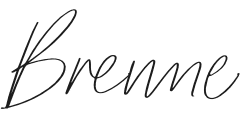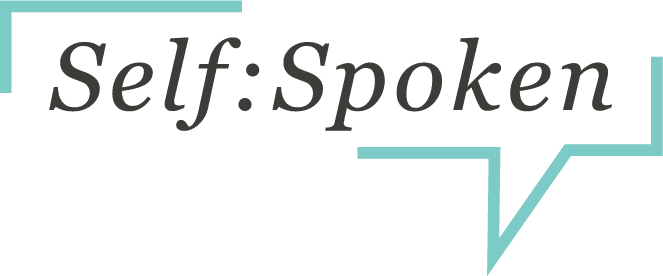Let’s be honest, when it comes to communicating with confidence, speaking and listening require two essential skill sets.
We talk a lot here about what it takes to speak impactfully, but it’s about time we talk about what it takes to listen impactfully.
Not just because listening is the kind and collaborative thing to do, but because when you know how to listen actively, you’re more likely to:
✅ Build trust with whoever’s speaking
✅ Retain what’s being said
✅ Synthesize a clear response on the fly
Watch this quick video to learn how to use your body language to signal that you’re really listening AND how to keep track of the things you want to circle back to—without getting distracted or interrupting the speaker!
👉 Use Your Body Language to Signal that You’re *Really* Listening
When you’re in speaker mode, you tend to take up space symmetrically. Meaning, you sit or stand up straight, your shoulders are back, your eyes and nose are pointed toward the listener, and your hands help to drive your points home. While you can own your space in active listener mode, your body language can change to show that you’re receiving the speaker’s information.
When you’re in listening mode, you want to invite more asymmetry into the body. Why? Because when you release your spine a little, tilt your head, and nod along to the points that resonate with you, you signal to the speaker that you’re receiving what they’re sharing.
These subtle body language adjustments help to create a trust and rapport between speaker and listener.
When you soften your body language to receive, not only does the speaker feel more welcomed to pitch, but your mind quiets, allowing you to take in and store information.
✅ PRO TIP: Take the kind of notes that will help you circle back—without getting distracted or interrupting the speaker
If you’re someone who not only wants to listen attentively and absorb the information, but also wants to
- Retain the information
- Circle back with smart, probing follow-up questions.
Keep a two-sided list as you’re listening. Simply draw a line down the middle of your paper. And on one side, write down the actual phrases the speaker used, that you know you want to circle back to. On the other side, jot down your question or response to that phrase (in some sort of shorthand code to yourself).
This way, when the speaker is done, you can jump in and say something like:
“Thanks for sharing all of that Jasmine. I want to circle back to a few things you shared. The first is: when you said “X,” I’m curious how that will affect Y…”
Reminding the speaker of what they shared, and then building your response on top of it, is a great way to orient the room, and to keep your messaging laser focused.

Want to learn more listening (and speaking!) techniques for building rapport and communicating confidently in all of your interactions?
Click here to check out The Confident Communicator, our online signature course, open for enrollment today!
Inside this course, you’ll learn how to:
- dial down speaking anxiety with practical, science-backed techniques
- assess your own communication style, so you can pinpoint which habits serve vs. undercut you
- embody the qualities you want others to see in you—without faking or forcing anything
- articulate yourself in a clearer, more engaging and “tailorable” way
- build presentations in half the time, but with double the impact
So click here to learn more and enroll in The Confident Communicator today!
When you join, you’ll also get 4 bonus coaching calls with me, so we can dig into your burning questions, role-play real-world situations, and get you speaking with more clarity and conviction than ever before!
Whether you decide to join The Confident Communicator or not, please remember: even though it might seem like everyone else is calm, cool, and collected on the outside, we all deal with some form of speaking anxiety on the inside! You’re never alone in those feelings, and we’re always here to support you as you work with and through them ✨
In your corner,


Why You Rush, Ramble, or Freeze When Speaking—And How to Find Your Voice Under Pressure
Ever walked out of a high-stakes meeting or presentation thinking, “Why did I say all that?” Or worse—“Why didn’t I say anything at all?”…
On a recent coaching call, someone raised the question of how to be more direct in your communication without making others uncomfortable… The truth?…
Do you ever get frustrated when you find yourself not speaking up in meetings or missing opportunities due to fear of not saying the…



